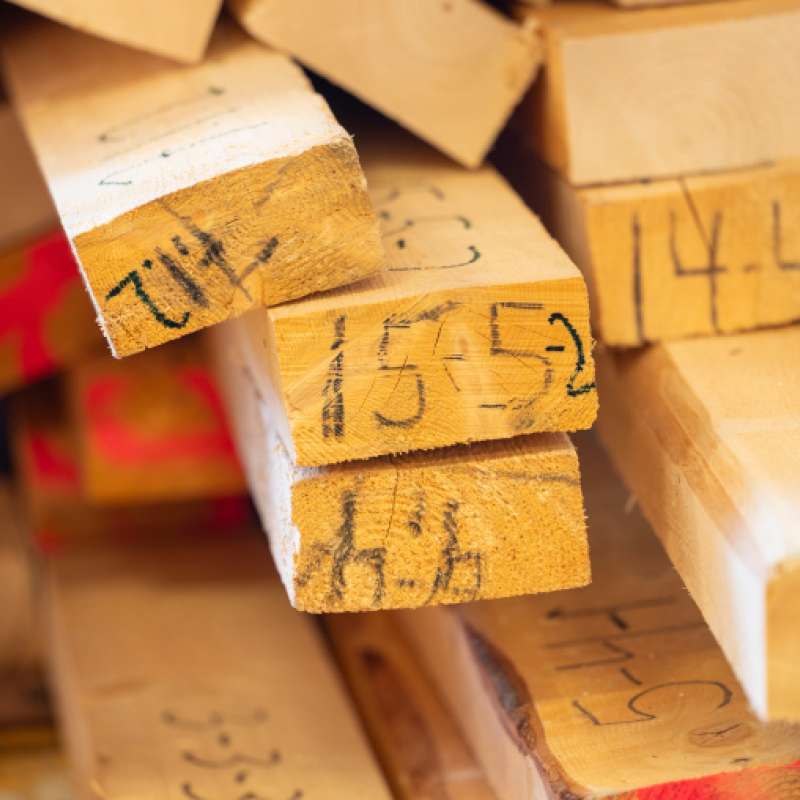Gry Alfredsen
Seniorforsker
Forfattere
Gry Alfredsen Michael Altgen Mari S. Austigard Johan Mattsson Maria Nunez Lone Ross Sverre Aarseth Tunstad Andreas Treu Igor A. Yakovlev Nanna Bjerregaard PedersenSammendrag
Abstract This study uses a novel combination of DNA metabarcoding, light microscopy, decay rating, moisture dynamics, and chemical analysis to investigate wood decay in cultural heritage cable car pylons in Svalbard. Uniform design but varying ages allowed analysis of time-dependent decay. Light microscopy revealed the use of both Picea abies and Pinus sylvestris . Decay progressed more rapidly near ground contact, influencing density, lignin, and holocellulose content, with lignin increasing over time. DNA metabarcoding and microscopy revealed dominant brown and soft rot fungi, with greater fungal diversity near ground level. Several new fungal species were identified for Svalbard and the polar regions. In the context of climate change, this highlights the global importance of monitoring fungal decay in wooden structures. The study emphasises the need for updated species lists and continuous monitoring, as new fungi may affect conservation strategies. The interdisciplinary method offers deeper insight into microbial interactions than single-method approaches.
Forfattere
Morten Rese Gijs van Erven Romy J. Veersma Gry Alfredsen Vincent Eijsink Mirjam A. Kabel Tina Rise TuvengSammendrag
Wood-degrading brown-rot fungi primarily target carbohydrates, leaving the lignin modified and potentially valuable for valorization. Here, we report a comprehensive comparison of how Gloeophyllum trabeum in vitro degrades hardwood and softwood, which have fundamentally different lignin structures. By harnessing the latest advancements in analytical methodologies, we show that G. trabeum removes more lignin from wood (up to 36%) than previously reported. The brown-rot decayed lignin appeared substantially Cα-oxidized, O-demethylated, with a reduction in interunit linkages, leading to formation of substructures indicative of Cα-Cβ, β-O, and O-4 cleavage. Our work shows that the G. trabeum conversion of hardwood and softwood lignin results in similar modifications, despite the structural differences. Furthermore, lignin modification by G. trabeum enhances the antioxidant capacity of the lignin and generates an extractable lower molecular weight fraction. These findings improve our understanding of lignin conversion by brown-rot fungi and highlight their biotechnological potential for the development of lignin-based products.
Forfattere
Injeong Kim Lone Ross Gry Alfredsen Olov Karlsson Elif Kaynak Oisik Das Dennis Jones George I. Mantanis Dick SandbergSammendrag
Det er ikke registrert sammendrag

